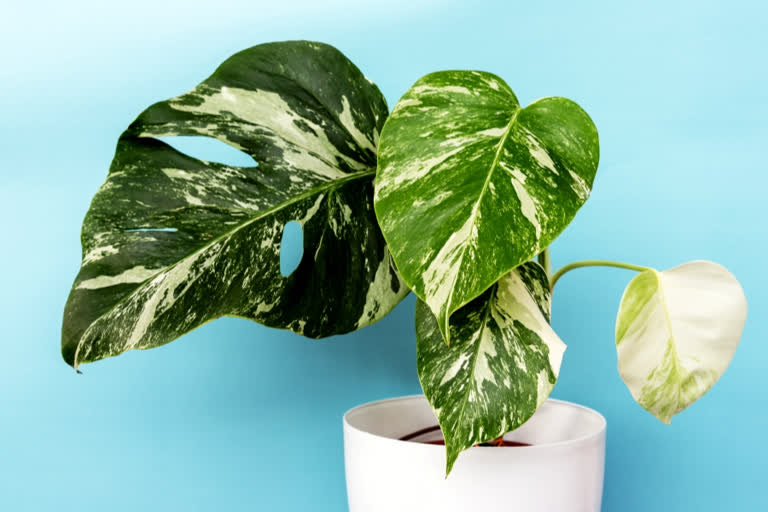Fads and fashion have always influenced the plants we keep. And so it is with variegated plants, which have become very popular with indoor plant enthusiasts these days. Variegated plants possess multiple colours typically on their leaves, but in some cases on stems, flowers and fruit. Their patterns include stripes, dots, edges and patches. They're usually green with either white or yellow, but can also feature red, pink, silver and other colours.
Variegated plants can divide opinion. I recall a great aunt telling me many years ago of her great fondness for the variegated Aspidistra elatior growing her garden. But I've also heard gardeners and garden designers dismiss variegated foliage because it didn't fit with their design or colour themes. Now, it seems indoor variegated plants are considered a must-have home decor accessory. But before you rush out and buy one, make sure you know how to keep it happy.
Understanding variegated plants
Most plant species are entirely green but occasionally a variegated individual arises. Some catch the eye of a dedicated plant collector or nursery worker and become a popular variety. Plant variegation can occur for several reasons. In some plants, such as the flowers of tulips, it's due to a viral infection. The resulting streaks of different colours may be cursed or valued depending on the aesthetic effect. Others plants, such as those in the genus coleus, are naturally patterned. Groups of cells produce different colour combinations, causing leaves to grow with attractive markings.
Plant variegations can also arise from genetic mutation. When growing variegated plants, it's important to understand how the various colours affect the way it functions. The green part of plants contains chlorophyll, a pigment essential for photosynthesis. (Photosynthesis, of course, is the process by which the leaves convert sunlight into oxygen and carbohydrate that provides energy for plants to grow.) In variegated plants, white parts of leaves do not contain chlorophyll and so do not photosynthesise.
Yellow parts of leaves can help send energy to the chlorophyll, but can't perform photosynthesis on their own. The same goes for some red, orange and pink patches of tissue. But all cells in the leaf green or not use the plant's energy. That means variegated plants are less efficient energy producers than their all-green counterparts, which causes them to grow more slowly. Some plants have mutated into albinos containing no chlorophyll. These normally die within a few days or weeks of germination.
Caring for your plant indoors
It's no coincidence many popular indoor plants such as coleus, philodendrons, monsteras, dracaenas and calatheas are variegated. Because they're usually far less vigorous than all-green versions of the species, they won't be pushing against the ceiling within weeks. The decorative colour and pattern of a variegated indoor plant is an added bonus. Variegated plants can take longer than others to reach a size considered appropriate for sale at a nursery, so may be comparatively more expensive. But there are ways to protect your variegated investment.
